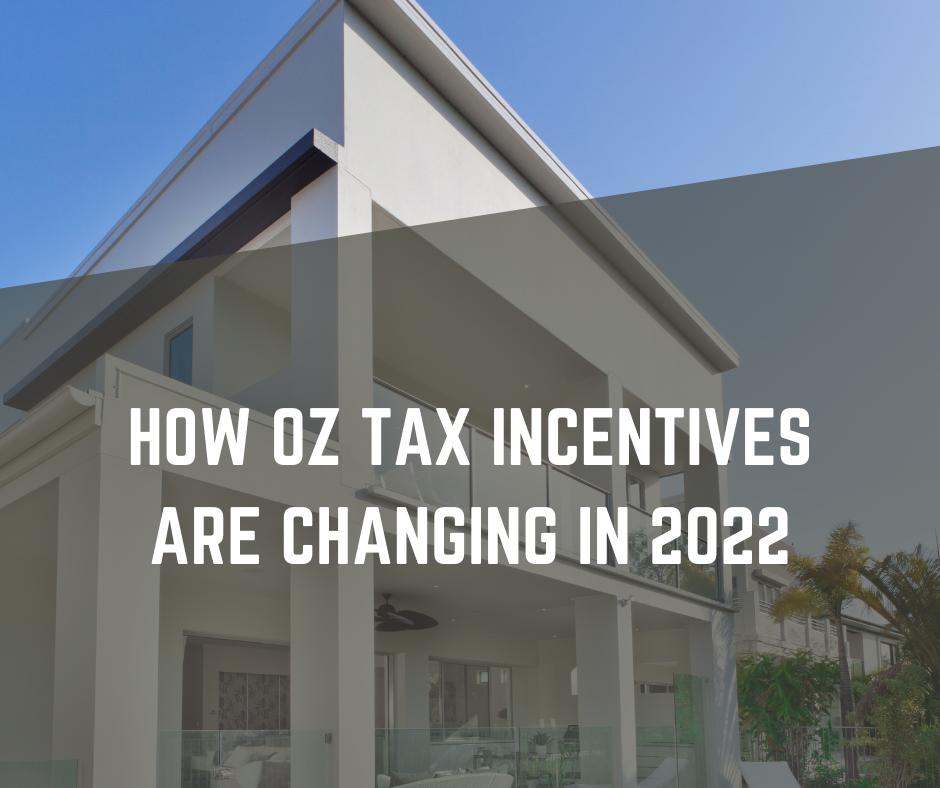1031 Exchange vs. Opportunity Zones
Navigating the investment landscape can be a daunting task, especially when looking at strategies such as 1031 exchanges and Opportunity Zone...
3 min read
 Jake DeVine
:
Nov 2, 2023 9:30:00 AM
Jake DeVine
:
Nov 2, 2023 9:30:00 AM

Opportunity Zones have been shaking the world of tax-advantaged investments since their inceptions. And in this article, we'll reveal what recent research is saying about these lucrative, tax-advantaged investments. Plus, you’ll walk away with a deeper understanding of both the tangible benefits & positive community impacts associated with OZs.
Most importantly, you’ll know what steps to take to secure OZ tax benefits, and discover firsthand why they're considered, “the largest ongoing federal community economic development program across the U.S”.
Since their inception in 2017, Opportunity Zones have transformed from mere tax incentives to powerful tools for community development.
The primary objective behind Opportunity Zones was to amend the tax code in a way that would promote private investments in communities lagging behind, in hopes of generating employment & uplifting residents from poverty.
This community-driven and tax-advantaged focus garnered significant support from Senators Tim Scott (R-SC) and Cory Booker (D-NJ), Representatives Pat Tiberi (R-OH) and Ron Kind (D-WI), and a diverse coalition of nearly 100 cosponsors across the House and Senate. Fast forward today, data from the Economic Innovation Group (EIG) approximates the incentive has already created nearly $100 billion of capital investment.
The Opportunity Zones policy has a rich history, and there's a wealth of community facts and figures available. Additionally, there are numerous innovative local developments sprouting in Opportunity Zones across the nation.
Opportunities are growing in multiple sectors across the country. Many think Opportunity Zones consist of only real estate; however, sectors like tech startups, green energy, and have also seen significant investments. The green energy sector, for example, is also flourishing within Opportunity Zones. In fact, there are 475 solar energy installations that produce more than 1MW of activity in Opportunity Zones. Additionally, OZs also contain 127 wind farms and 15 battery plants of at least the same capacity, showcasing a commitment to sustainable energy solutions.
Opportunity Zones are also home to over 379 two-year and four-year colleges & universities, including 56 Historically Black Colleges & Universities (HBCUs), and 14 tribal colleges.
This shows that Opportunity Zones not only support our world’s natural energy sources, they’re also playing a key role in promoting higher education. Plus, besides the green sector and higher education, OZs also house over 284 entrepreneurship incubators & accelerators, further cementing their status as hubs for innovation and business growth.
There are several other sectors as well that are notable, but as we can see Opportunity Zones are growing in multiple sectors. Moreover, they’re growing in sectors that can help offer higher education in communities of need, serve as a beacon for innovation & entrepreneurship, and better utilize the earth's resources.
Opportunity Zones will cost the federal government $8.2 billion, with the largest piece of the incentive yet to come. However, it’s not just about the costs of the program, it’s about the possibilities it can bring to communities.
For example, between 2015 and 2019 alone, businesses located in OZs were able to secure over 3,200 Small Business Innovation Research and Technology Transfer (SBIR/STTR) grants. (SBIR/STTR) grants are awards given to innovative & high-potential small businesses.
It’s possible, more statistics like this will be revealed in the future. Truth be told, these zones are home to 7.5 million Americans living in poverty, with an average poverty rate of 26.4 percent, which is notably higher than the national average of 13.4 percent. Plus, these zones contain a total of 24 million jobs and 1.6 million businesses. When you combine these numbers with the $8.2 billion dollars the federal government will pay, and the 3,200 SBIR/STTR grants already secured for small businesses, you can only imagine what could be in store next in the Opportunity Zones industry.
For capital gains placed in Opportunity Funds for at least 5 years, investors' basis on the original investment increases by 10 percent. If invested for at least 7 years, the basis increases by 15 percent.
Here’s where it gets more exciting: If held for 10 years or more, data shows, investors could see $44 for every $100 invested. That number includes a permanent exclusion of taxable capital gains, and also factors in a long term federal capital gain tax rate of 23.8% (20% capital gains tax + 3.8% net inv. income tax)*.
Given these numbers, it makes sense why investors are deciding to invest in Opportunity Zones.investors are deciding to invest in Opportunity Zones.
Opportunity Zones represent a unique blend of community development & tax-advantaged investing opportunities.
As they continue to evolve, they can bring brighter futures for both the investors and communities they serve. If you would like to be a part of this evolving frontier of investing, schedule a free consultation with an OZ advisor today - click here for the scheduling page.
Opportunity Zone Advisors have a fiduciary and suitability duty; they are required to help you get the best returns and give recommendations in your best interest. You can get more details here.

Navigating the investment landscape can be a daunting task, especially when looking at strategies such as 1031 exchanges and Opportunity Zone...

Opportunity Zones, a program created by the bipartisan Tax Cuts & Jobs Act of 2017, mobilizes huge amounts of unrealized capital gains to invest in...

Have you recently sold property, stock, or crypto currency for a profit? If so, you may be looking for ways to eliminate or reduce your capital gain...